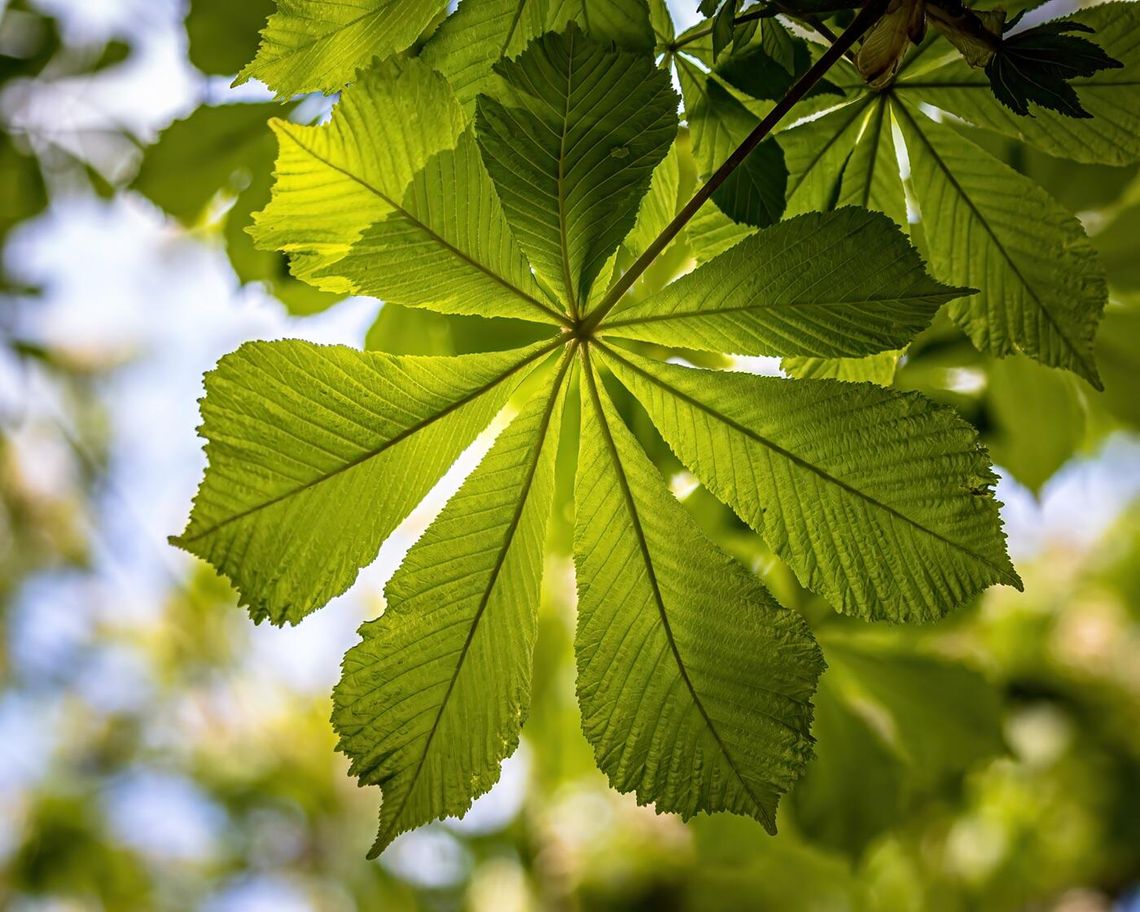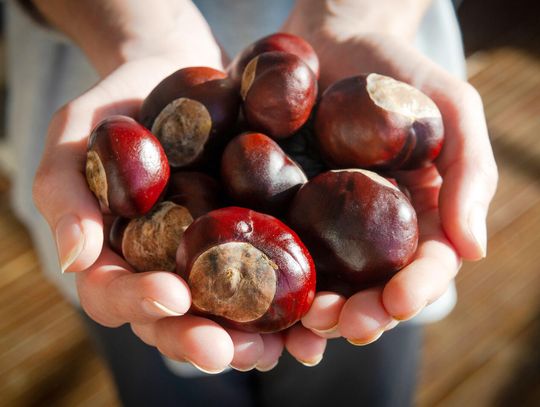
By Doug Carter, Rankin County Extension Agent
Recently, I visited with a local landowner, who is an avid deer hunter. He discussed with me about planting hybrid chestnut trees for deer. The American chestnut once dominated portions of the eastern U.S. forest. The tree was among the largest and fastest growing trees in the forest. Because it could grow so rapidly and attain huge sizes, the American chestnut was often an outstanding feature in both urban and rural landscapes.
American chestnut trees were once the mighty giants of America’s eastern forests, these trees reached heights as great as 100 feet tall and trunk diameter over 6 feet wide. Fast growing, rot-resistant, straight-grained, and prolific nut producers, these trees had many exceptional qualities. An ideal building and furniture wood, chestnut lumber was a vital part of the economy.
In colonial times, chestnut wood was the preferred wood for log cabins foundations, fence post, flooring, and caskets. Later, railroad ties, and both telephone and telegraph poles were made from chestnut, many of which are still in use today.
What many people in Mississippi don’t realize is that the American chestnut was once found along the east-central part of the state, from Corinth, MS to south of Hattiesburg, MS This population represented the extreme western part of the chestnut’s natural range.
Chestnuts fed billions, from insects to birds and mammals, and was a significant contributor to rural agricultural economics. At one time nut-ripening and gathering nearly coincided with the holiday season. Nineteenth century newspapers often featured articles about railroad cars overflowing with chestnuts to be sold fresh or roasted in major cities.
All of this began to change around 1904 when a fungus was accidentally moved from Asia to New York. The fungus known as the chestnut blight, ran unchecked through the vast range of the American chestnut that covered over 200 million acres of the eastern United States. By the late 1950s an estimated 4 billion American chestnut trees were reduced to snags and stumps. This fungus attacks chestnut with toxins, including oxalate, which creates cankers and kills the tree by disrupting the flow of water and nutrients to its branches and stems.
These trees were not ready to give up the fight and have continued to spout for stumps only to have the growing trees live for a short period of time before again dying back. The blight cannot kill the underground root system as the pathogen is unable to compete with the soil microorganisms. Stump sprouts grow vigorously in cutover or undisturbed sites where there is plenty of sunlight, but inevitably succumb to the blight. The cycle of death and rebirth has kept the species alive.
The American chestnut remains a beloved part of many communities and family histories. Today’s volunteers in restoration efforts carry on the legacy of generations who fought to save the species. The American chestnut is firmly etched in our cultural memory.



Comment
Comments